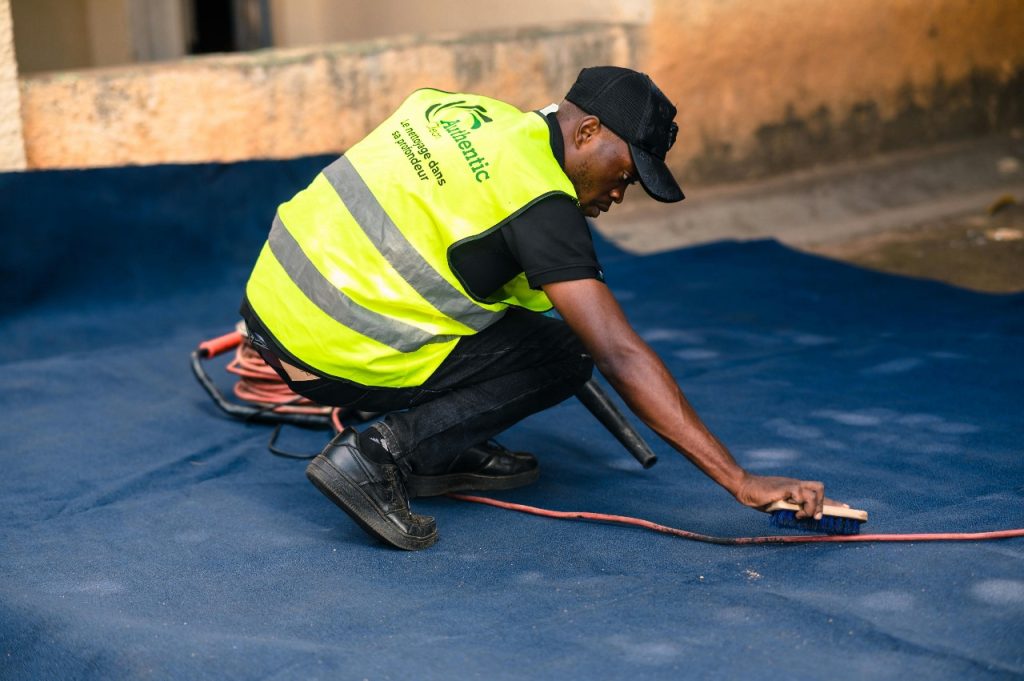
Understanding DAS 142 in the Context of California Labor Laws
The DAS 142 form is a critical document for contractors, subcontractors, and public works project managers in California. It plays an essential role in complying with state apprenticeship laws, ensuring that apprentices are properly dispatched to public works projects. In California, the Division of Apprenticeship Standards (DAS) oversees the enforcement of apprenticeship regulations, and the das 142 form serves as a formal request for apprentices from approved apprenticeship programs. This form is not optional; it is a legal requirement for contractors who want to remain compliant while working on public works contracts.
What is the DAS 142 Form?
The DAS 142 is officially called the “Request for Dispatch of an Apprentice” form. It is used by contractors to notify and request apprentices from state-approved apprenticeship programs. California law mandates that contractors submit a DAS 142 to every relevant apprenticeship committee in the project’s geographical area before starting work on a public project. This ensures equal opportunity for apprentices to gain work experience and for contractors to meet legal ratios of apprentices to journeymen.
When and How to Submit the DAS 142
A contractor must submit the DAS 142 at least 72 hours before apprentices are needed on the job site, excluding weekends and holidays. The form can be delivered by fax, email, mail, or in person to each apprenticeship committee that can dispatch apprentices for the trade or craft involved. Timely submission of the DAS 142 is essential. Failure to submit can lead to penalties, back wages owed to workers, and even disqualification from bidding on future public works projects.
Legal Requirements Behind DAS 142
California Labor Code Section 1777.5 outlines the apprenticeship requirements for public works projects. It specifies the apprentice-to-journeyman ratio, the minimum training requirements, and the need for the DAS 142 request. This form ensures that contractors meet the apprentice employment ratios while offering training opportunities to registered apprentices. Ignoring DAS 142 obligations can lead to citations and costly legal disputes.
How DAS 142 Supports Apprenticeship Programs
The DAS 142 is more than just paperwork—it is a mechanism to strengthen the state’s apprenticeship programs. By submitting the DAS 142, contractors give apprenticeship programs the chance to place apprentices on real projects, ensuring they gain the required hours and practical experience. This helps develop a skilled workforce and supports the long-term growth of the construction industry in California.
Common Mistakes Contractors Make with DAS 142
Many contractors fail to submit the DAS 142 on time, submit it to the wrong committee, or fail to submit it to all applicable committees. Others mistakenly think that if they do not need apprentices, they do not have to file a DAS 142—but the law still requires submission as a form of notification. Not keeping a record of submitted DAS 142 forms is another costly mistake, as contractors may need proof of compliance during audits.
Best Practices for DAS 142 Compliance
To stay compliant, contractors should create a checklist for all public works projects. This should include identifying all applicable apprenticeship programs, submitting the DAS 142 to each program, documenting all submissions, and following up with programs to confirm receipt. Maintaining organized records of all DAS 142 submissions is essential for audit readiness.
Penalties for Not Submitting DAS 142
Failing to submit the DAS 142 can result in fines imposed by the Division of Apprenticeship Standards. Penalties may include paying prevailing wages for hours worked by unapproved apprentices or being barred from public works bidding for a certain period. Contractors who repeatedly ignore DAS 142 requirements risk severe reputational and financial consequences.
DAS 142 and Public Works Project Bidding
When bidding on public works projects, contractors should factor in the time and process required for DAS 142 submission. Some awarding agencies require proof of DAS 142 compliance as part of prequalification. Submitting the form promptly can avoid delays in starting the project and help maintain good standing with both the awarding agency and apprenticeship committees.
The Role of the Division of Apprenticeship Standards
The Division of Apprenticeship Standards (DAS) oversees apprenticeship programs across California and ensures that the DAS 142 process works effectively. Their role includes monitoring compliance, providing resources for contractors, and ensuring that apprentices are properly dispatched and trained according to state regulations. Contractors should be familiar with the DAS’s guidance to ensure their DAS 142 submissions meet all requirements.
How DAS 142 Benefits Contractors
While the DAS 142 is a legal requirement, it also offers practical benefits for contractors. It provides access to a pool of trained apprentices, which can reduce labor costs and increase workforce flexibility. Using apprentices through the DAS 142 process can also enhance a company’s reputation as a supporter of workforce development.
DAS 142 in Summary
The DAS 142 is not just a form—it is a compliance tool, a workforce development resource, and a legal safeguard for contractors working on California public works projects. By understanding its requirements, submitting it on time, and keeping thorough records, contractors can avoid penalties, support the construction industry, and fulfill their legal obligations. Compliance with DAS 142 is a sign of professionalism and respect for California’s apprenticeship laws.



